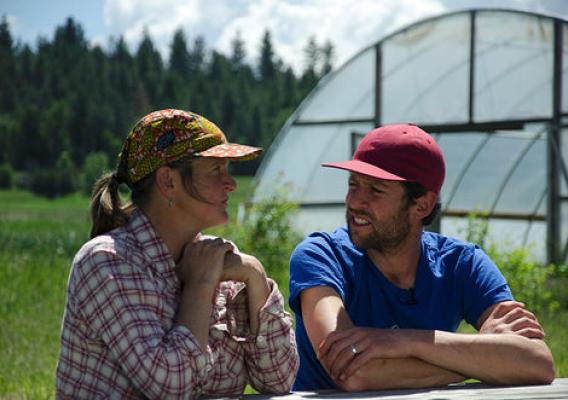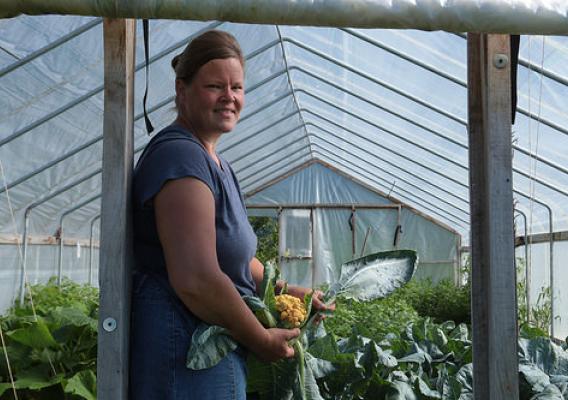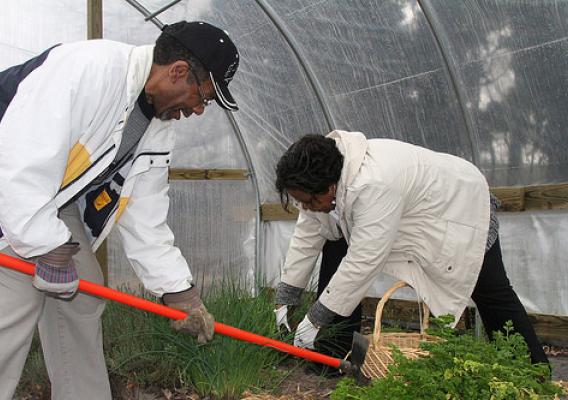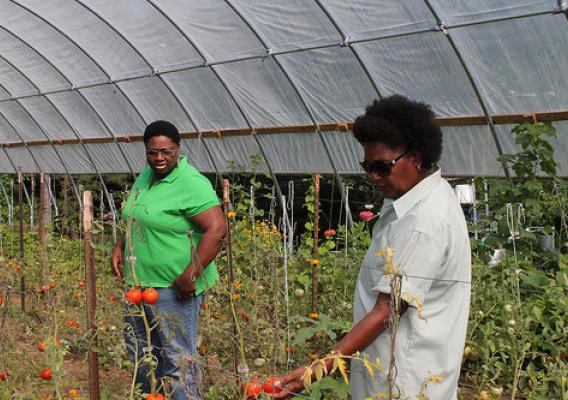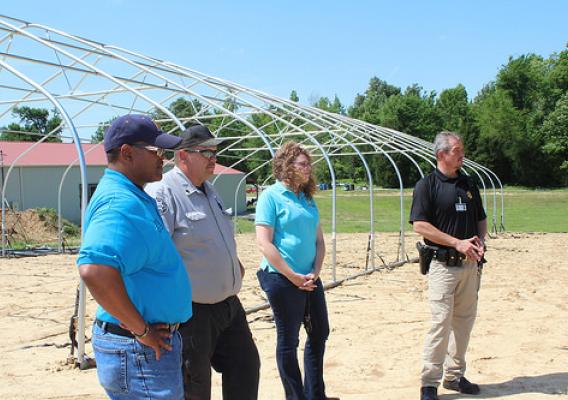Vermont’s agricultural history will soon be enriched as a new Farm to Ballet project aims to celebrate the state’s farming culture and expose a new audience to the beauty of classical ballet. The endeavor is the brainchild of former professional dancer and Vermont native Chatch Pregger. His farm-based ballet tells the story of a Vermont farming operation from spring to fall.
The fertile soils of Vermont’s pastoral farmland will provide the ‘stage’ for the dancers. “Now that I've seen the dancers, in a farm environment, I realize this is how I've always wanted to see ballet--in this setting. In its grittiness, its reality--on nature’s perfect stage,” he explained. Farm to Ballet will be presented seven times throughout August at a variety of farming operations. The performances are not financially supported by USDA, so the Farm to Ballet project initiated a fund raising campaign to cover the cost of costumes, props and sets, and many of the shows serve as fundraisers to support and honor the work of Vermont’s farmers and the local food movement.

